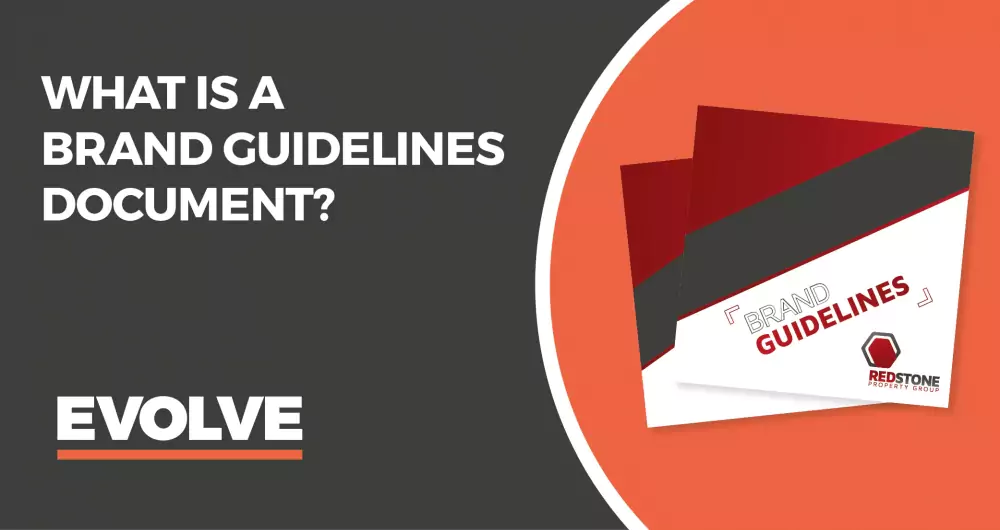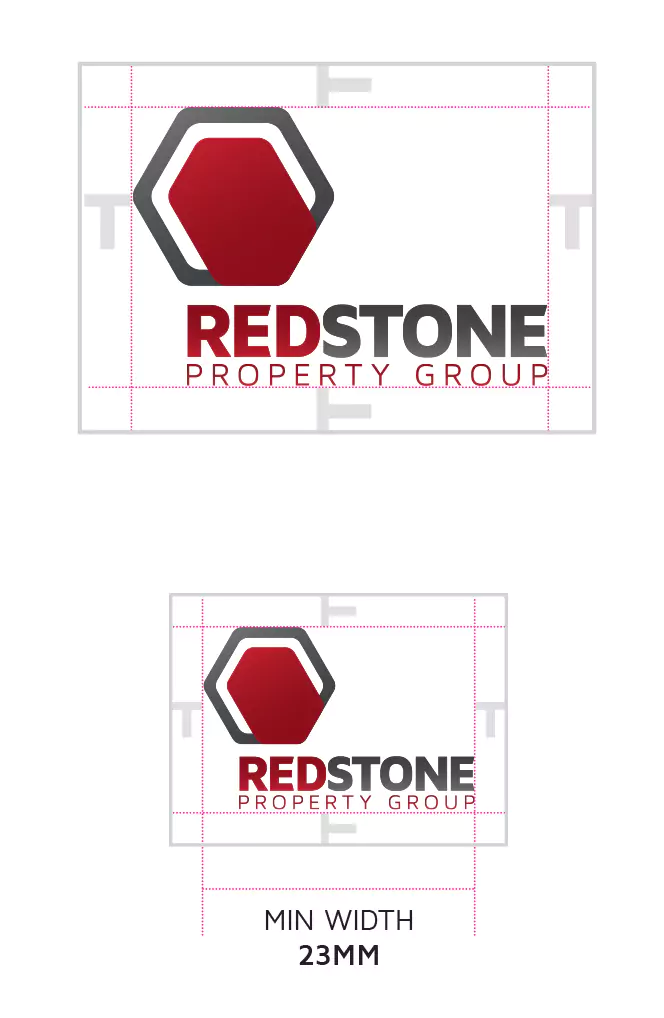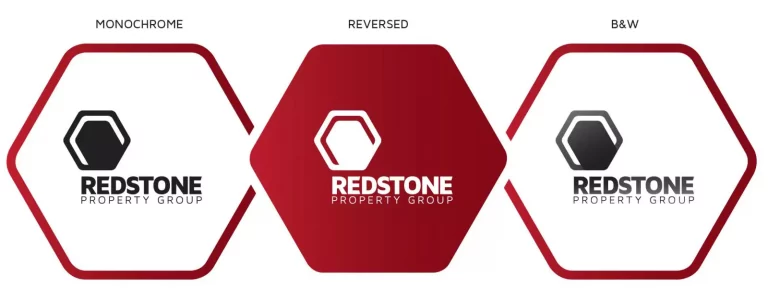Menu
Menu

Also known as Brand Standards or a Style Guide, a Brand Guidelines document is a set of rules on how to represent your brand visually across digital channels and printing collateral. Brand Guidelines are essential for ensuring consistency and managing your business across the various platforms available in this technology age.
The key to branding is consistency and a Brand Guidelines assist your employees or outsourced Graphic Designers with ensuring your business is represented correctly to your target market.
“Consistency is the backbone of an authentic, trustworthy, and recognisable brand and customer experience. This means consistency in the way you look, speak to, and service your customers and target audience.” LogoMaker 2018
Creating a Brand Guidelines document is not easy, it takes a great deal of effort and research however. Once complete the document saves your staff time and builds credibility and recognition with your clientele.
Depending on the size of your organisation or the industry you are from, your guidelines will vary from your neighbouring business. No two guidelines are ever the same, which is the way it should be! A Brand Guidelines document should include:
Logo usage may sound simple. A page with how the company’s logo is represented is one of the most important aspects and can take up several pages.

Once the logo is set, there are still set rules to ensure that your logo is not compromised in any way.

Colour palettes are the primary colours utilised in your logo, including black and white, greyscale, transparent and any other colour variations that are or are not allowed. The colour palettes include CMYK, RGB and HEX values for print and web purposes. Specifying colour values is vital to ensure your brand is represented correctly across marketing material.
Typography showcases your company’s main fonts or typefaces used in your logo to be used across your business’ collateral.
Include imagery of your logo applied to promotional material including stationery, t-shirts, packaging and more.
As mentioned above, the size of your Brand Guidelines document varies on the size and scope of your company. Therefore, other sections that can be added to a brand guideline are:
Whether you are a small business or large business, a Brand Guidelines document establishes your business on the path to a strong brand identity. Being able to ensure consistency across your website, social media, printed goods and promotional material all starts with Brand Guidelines.
The production into creating Brand Guidelines is quite complex, subsequently a great deal of thought and effort must go into one to be successful. So why does your business need Brand Guidelines?
Consistency is the pillar behind a strong brand. A brand will struggle to become a “household name” or market leader if their imagery and message is changing. Simply because the potential customers will not recognise the company.
Should your business need to outsource some Graphic Design work, Brand Guidelines will provide simple instructions on how they should design your collateral. Your carefully thought-out document includes “examples of use” and specifies how your logo should be placed.
Did you know that printers have their own colour values? Or that a printer trims your printed collateral once printed? An image should not be taken straight from the internet and placed in a document to print. Your company’s Brand Guidelines will specifically tell you what colour values should be used for print, ensuring your print goods will be on brand.
Brand Guidelines are a great tool to provide new staff when commencing employment with your company, especially for the marketing team. Brand Guidelines often include a “brand voice” such as about us or mission statements, and will provide a helpful source of reference for employees.
As mentioned above, Brand Guidelines are not just thrown together. The guidelines are carefully thought-out and can provide strategic direction, in terms of the materials and messages. The Brand Guidelines will keep your marketing on track which will ideally lead your company to reach their target audience/s.
If you need help preparing your brand guidelines document, contact your local Worldwide team.
"*" indicates required fields